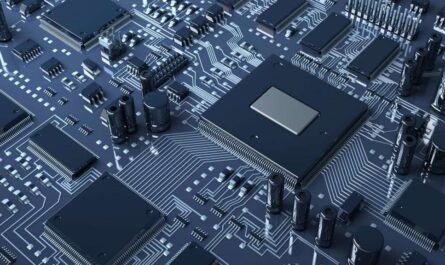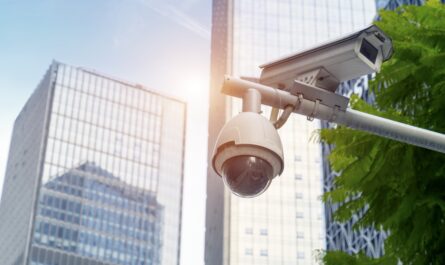What is it?
Solar simulators, also known as sun simulators, are devices used to simulate the spectral distribution of sunlight for the purpose of testing solar cells, panels and other photovoltaic products. They generate a light source that replicates the intensity and spectral distribution of natural sunlight under controlled indoor conditions. This allows components to be tested and calibrated without having to rely solely on outdoor testing.
Key Features of Sun Simulators
Light Source – Most sun simulators utilize a Xenon arc lamp as the primary light source. Xenon arc lamps can very accurately reproduce the full solar spectrum from UV to infrared. LED-based simulators are also becoming more common due to their longer lifetimes.
Spectral Match – The light emitted from the source must precisely match the spectral distribution of the sunlight that hits the earth’s surface. This involves matching the relative intensities across ultraviolet, visible and infrared wavelengths.
Intensity Adjustment – The intensity of the light can be adjusted to represent sunlight at various times of day and seasons. Modern simulators allow setting intensities from zero sun up to 2 times full sunlight.
Temperature Control – As temperature affects solar cell performance, sun simulators incorporate temperature control capabilities to regulate the test environment and module temperature.
Testing Area – The size of the homogeneous test area depends on the Global Solar Simulator class but ranges from small area cells up to full outdoor modules. Larger classes accommodate bigger test samples.
Computer Integration – Advanced simulators involve computer control of the light source and record live performance data from components under test conditions. This allows automated, repeatable testing.
Uses and Applications of Solar Simulators
Sun simulators serve multiple purposes important to solar technology development:
Cell and Module Characterization – Standard testing is conducted to characterize performance parameters like efficiency, fill factor, I-V curves etc. under controlled, reproducible light soaking conditions.
Reliability Testing – Modules are stressed under exaggerated light intensities and thermal cycles to accelerate lifetime testing and identify potential failure mechanisms like potential induced degradation (PID).
Calibration – Solar cells and reference cells used as calibration standards for other measurement equipment are calibrated under simulator illumination annually.
materials development – Simulators allow detailed evaluation of new cell designs and materials like perovskites before full-scale outdoor deployment. Problems are found and addressed rapidly under simulation.
Manufacturer QA/QC – Modules are tested at various production stages on simulators for proper electrical performance before customer shipment.
Research & Development – From novel solar cell architectures to trackers and systems, simulators play a key role in applied research and innovation across photovoltaics.
Global Standardization and the Solar Simulator Classes
To standardize sun simulators performance evaluation and component testing worldwide, the International Electrotechnical Commission (IEC) has defined several spectral match and intensity uniformity classes. The most common are:
Class AAA – Highest accuracy simulators for calibration laboratories. Spectral match within 2% of AM1.5G standard solar spectrum and intensity uniformity <2.5%.
Class A – For detailed research and final production testing. Spectral match 5% of standard and intensity uniformity <5%.
Class B – Represents 90% of commercial simulators. Spectral match 10-20% of standard and intensity uniformity <10%.
Class C – Lower cost general purpose units. Spectral match 30% of standard and intensity uniformity <30%.
The class determines simulator eligibility for certification and standardized PV testing procedures. Higher classes ensure most accurate, reproducible results critical for certifying solar components globally.
Continued Evolution of Solar Simulator Technology
Sun simulators have come a long way since early technology relying on filtered high pressure mercury lamps. Continuous R&D is further enhancing performance with each new generation to support the growing PV industry:
– LED-driven arrangements replacing Xenon for longer lifetime, stability and modular scalability.
– Use of concentration optics for irradiating larger areas more uniformly at concentrated intensities.
– More accurate modeling of solar spectral conditions like AM0, AM1.7G etc. based on location.
– Higher power capabilities over 1 sun for exploring high concentration cells.
– Integrated environmental control for studying combined effects like light exposure and humidity/temperature.
– Automated and remote operation powered by industry 4.0 techniques for mass production testing.
*Note:
1. Source: Coherent Market Insights, Public sources, Desk research
2. We have leveraged AI tools to mine information and compile it




